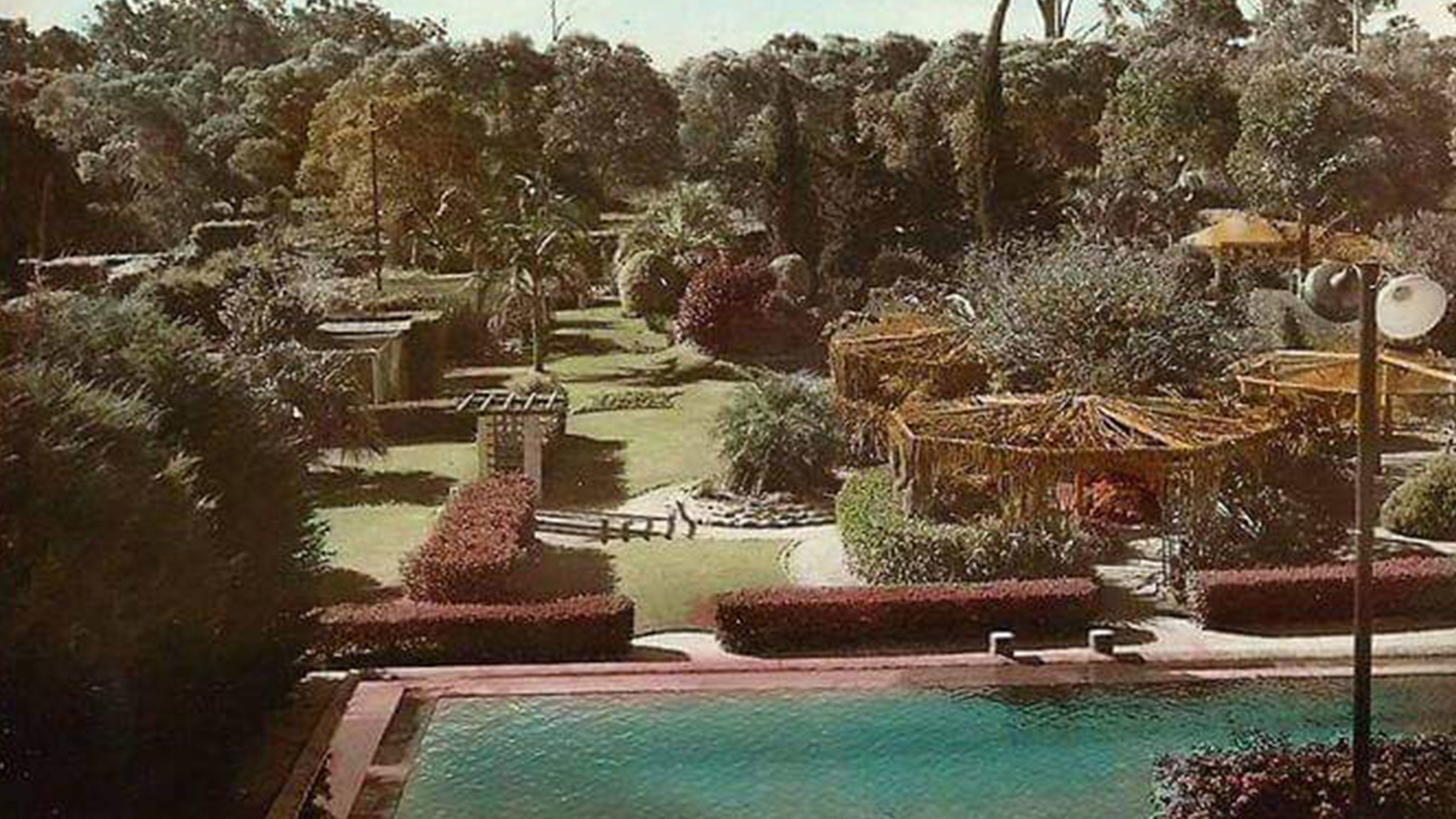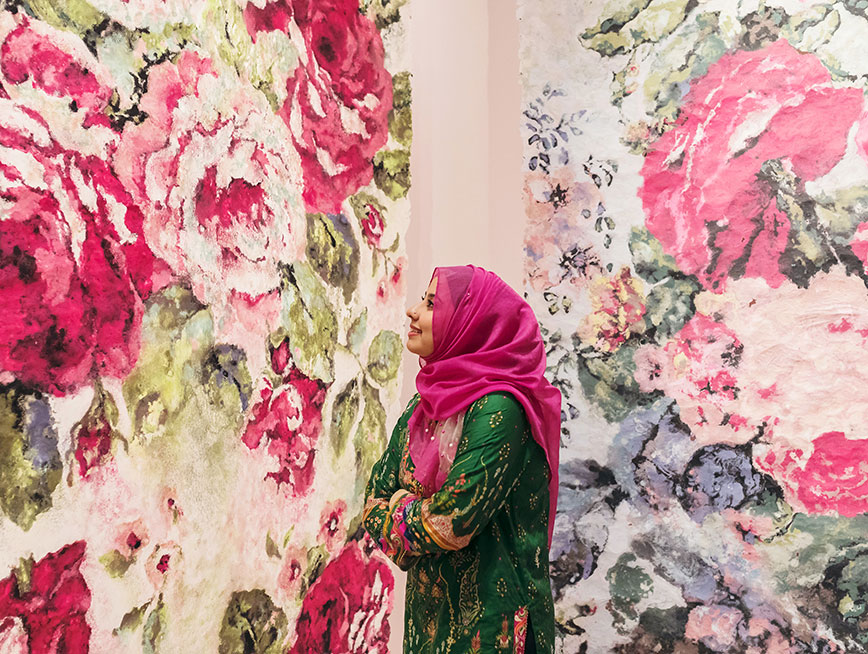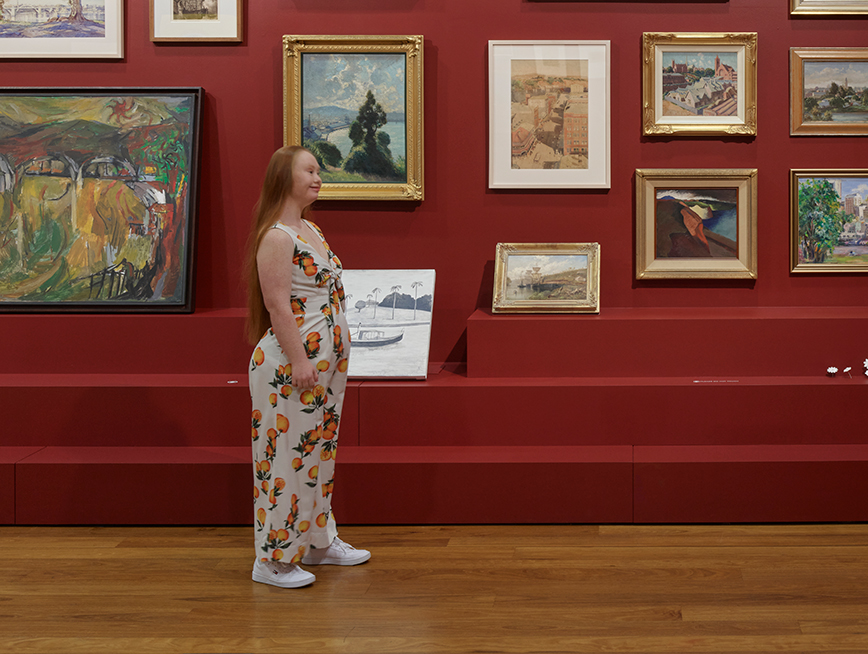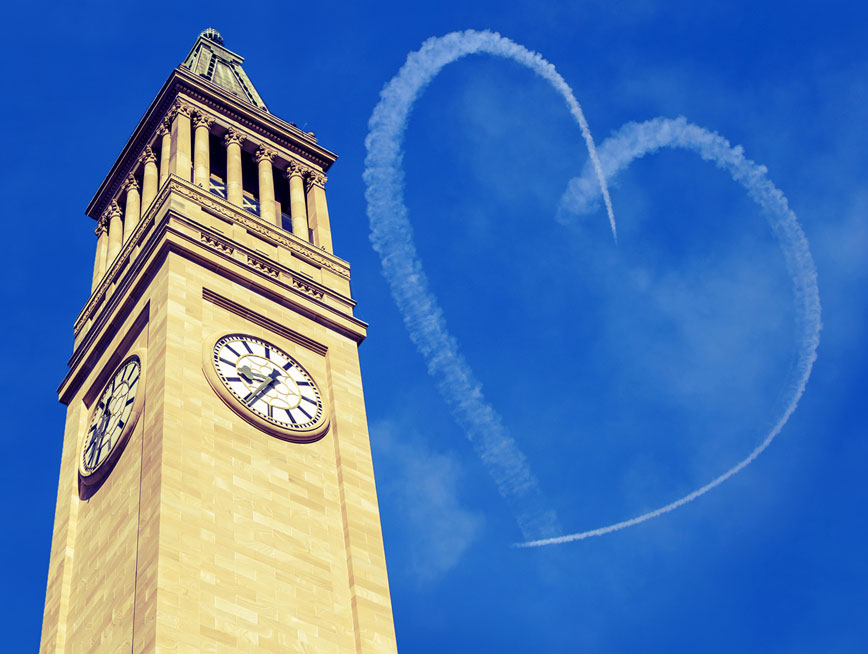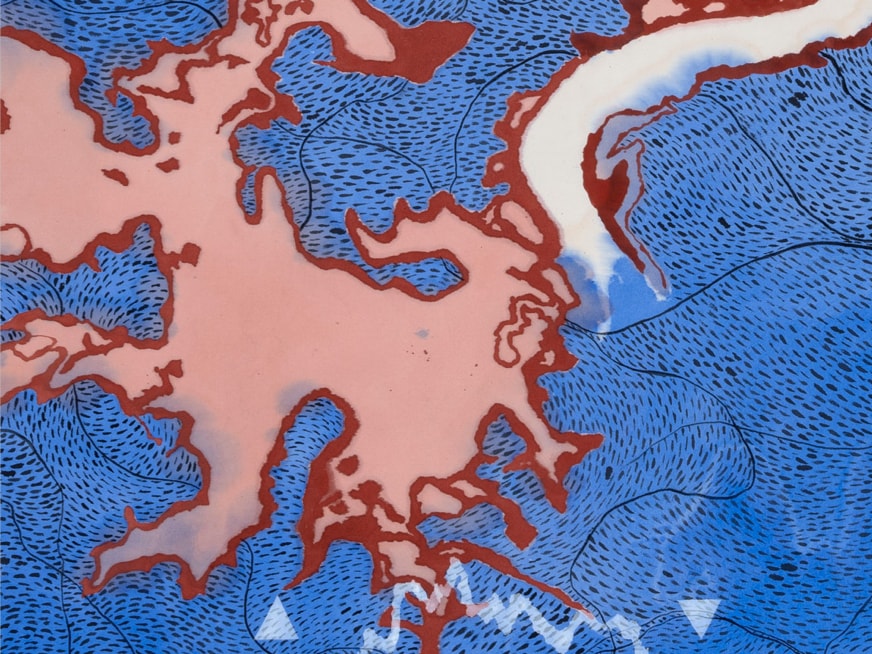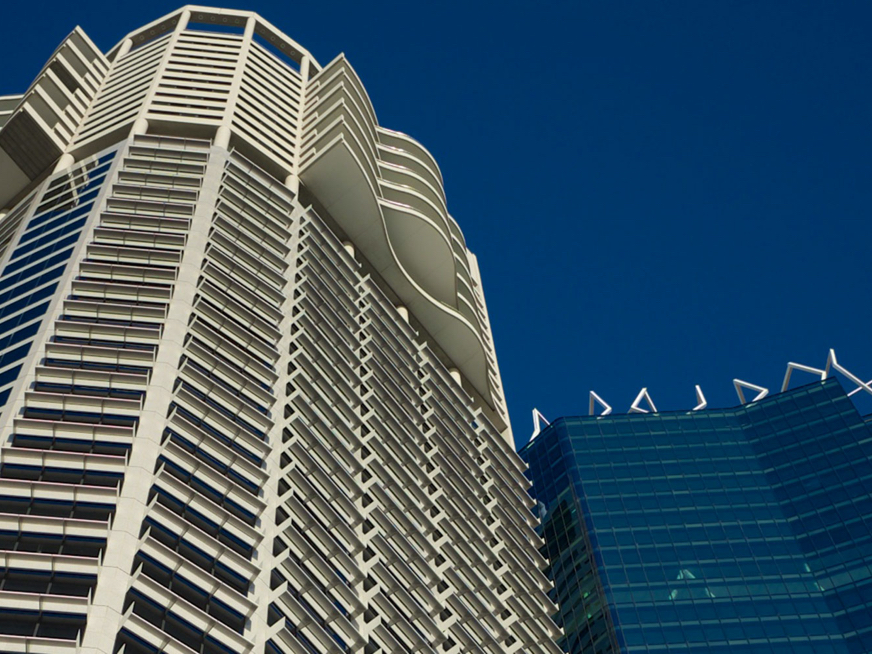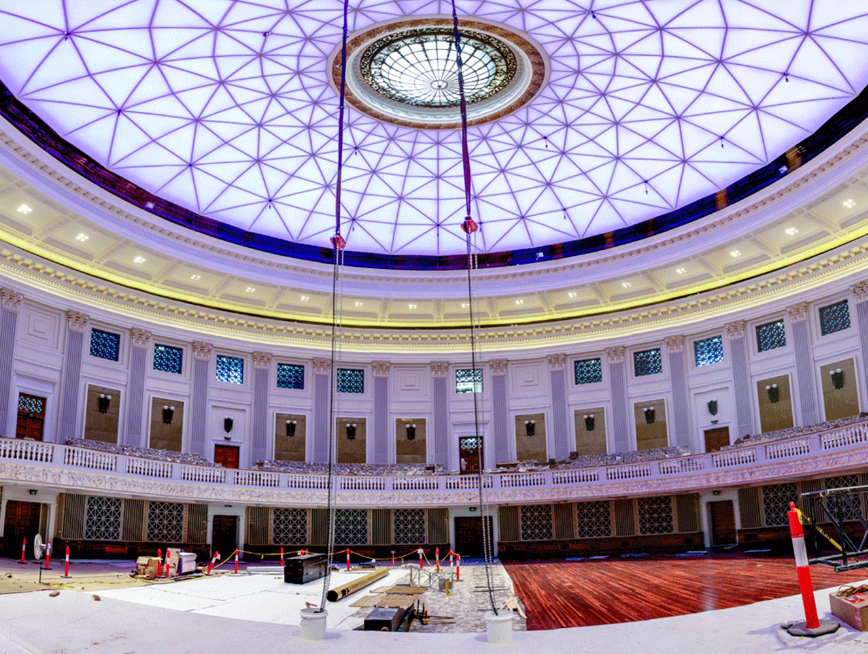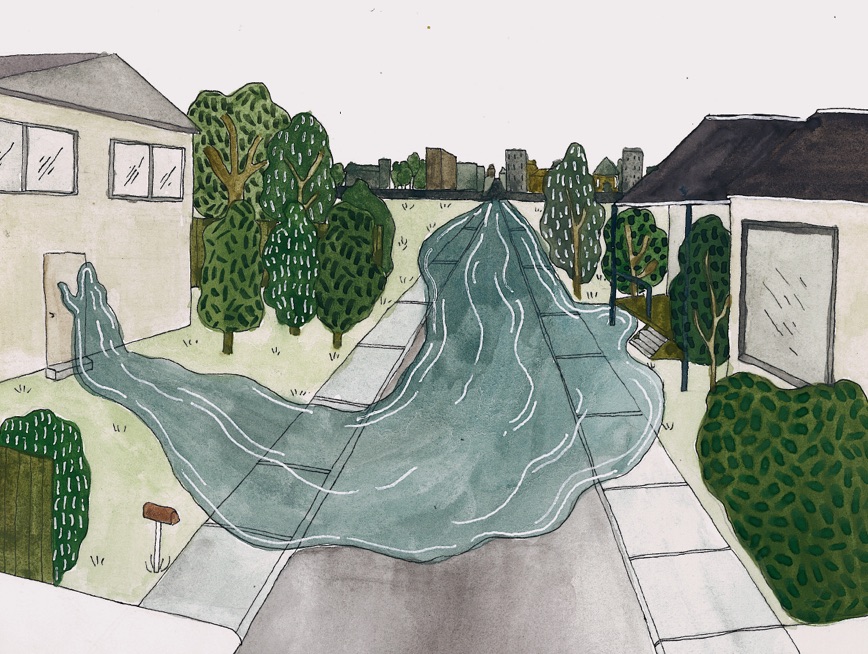In the heart of Sunnybank lay an aviary, baroque gardens, hordes of bathing-capped swimmers, and not a bottle of SPF in sight….
Why residents are yearning for an oasis from Brisbane’s yesteryears.

A quintessential fixture of our city’s cultural anatomy, Sunnybank is a sprawling, commercial melting-pot featuring a delightfully multicultural mix of restaurants. However, in the not-too-distant past, in the epoch of chicko rolls and crotchet bathers, people trekked out to Sunnybank not for bamboo basket of steamed dim sum, but for a day of leisurely lounging amongst a baroque, subtropical swimming hole.
In the year 1931, Mabel Pottinger and her two sons, Norman and Lewis, had established a successful flower business on their humble poultry farm in the suburb of Sunnybank. The area, just recently established as an outer-city suburb for returning army personnel, was lacking in the infrastructure and resources of its neighbouring suburbs but proved fertile ground for crop farming. Seeming to encompass a particularly Brisbanian spirit and some genius entrepreneurialism, the Pottingers set to work, adding tennis courts and digging, by hand, a swimming pool into their two-acre lot. By 1938, the family had secured two additional swimming pools, and soon after the park boasted aviaries, tropical gardens, a tearoom, swimming pools and various dining options.
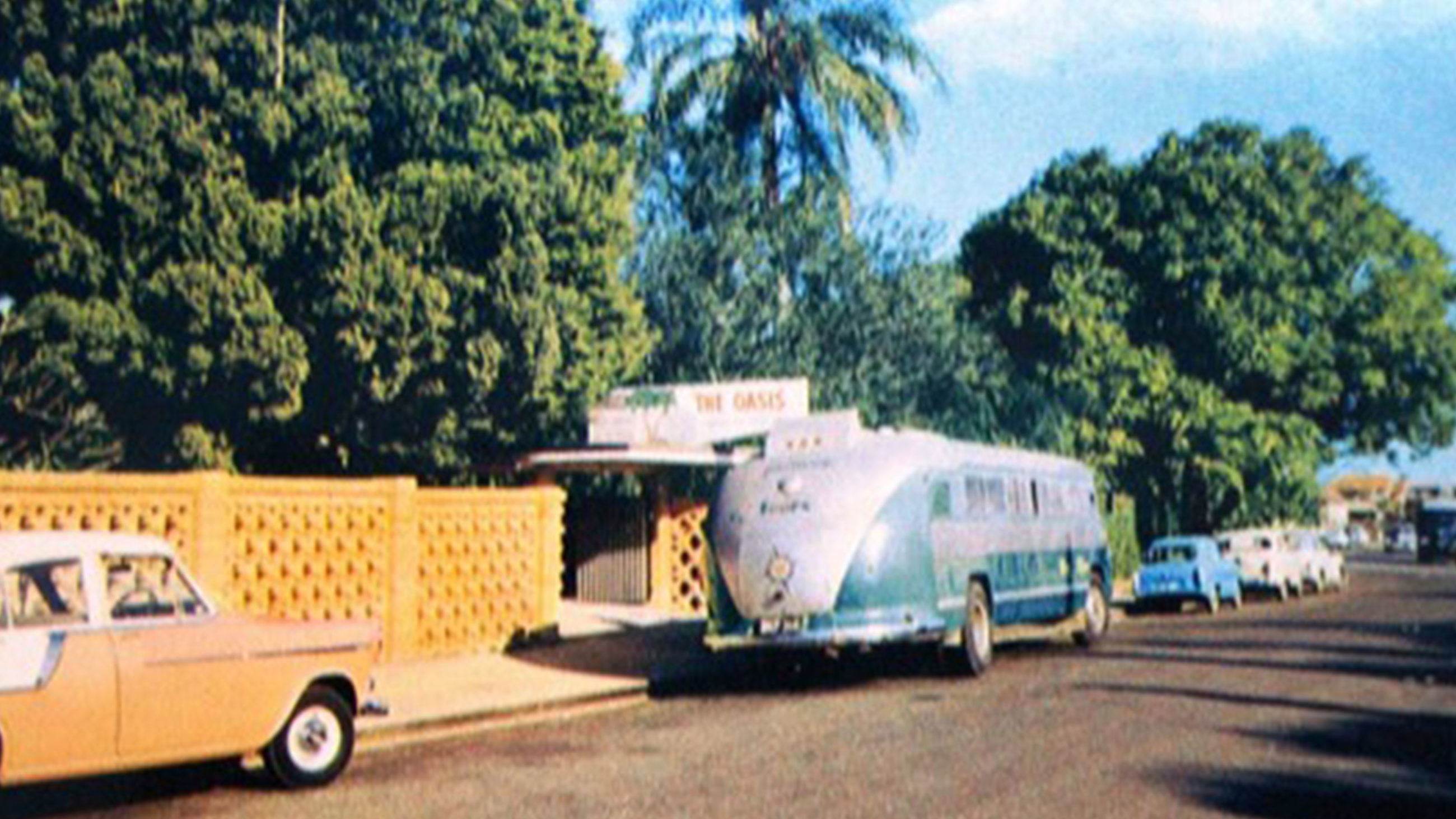
The Oasis was situated on Station Road, just 800m from the railway station and nestled in the outer suburbs of Brisbane’s leafy south. By the 1950s, locals were clamouring to the park. Its countless facilities and attractions oozed with a mid-century sophistication that appealed to the booming post-war population. The Oasis soon became a must-do south-side destination.
The Oasis witnessed a complex and compelling history. During the Second World War, The Oasis served as a popular rest and recreation spot for touring American GIs, its camp opulence and tropical sensibility providing a taste of home, perhaps. The Oasis was also a popular spot for celebrations. Locals would flock to The Oasis’ kitsch reception spaces for weddings, birthdays and anniversaries alike. The Oasis was a refuge from the stiflingly sticky city air, a haven for all ages. By the 1950s, visitors were piling onto pioneer buses every weekend to make the trip. Mabel Pottinger’s early enterprise was thriving; its lush gardens and gorgeous green-scapes had garnered nation-wide attention and appeal, cementing its status as one of Queensland’s primary tourism destinations.
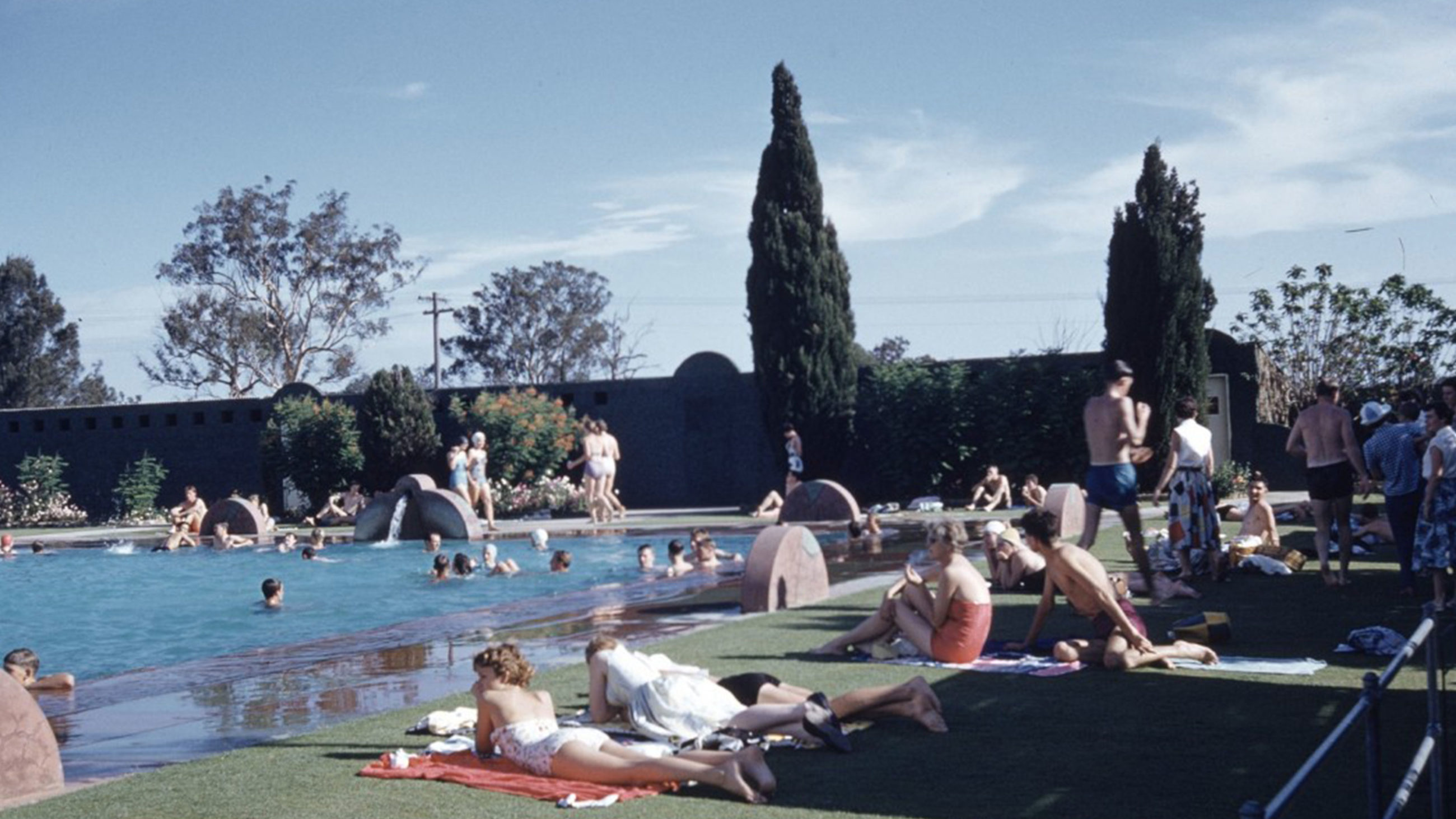
Sadly, The Oasis is no more. Easy access to the southern beaches, plus the influx of backyard pools saw visitor numbers eventually plummet, and by 1989 the Oasis closed its gates for the last time. Locals will forever remember countless dives into the open-air pool, trips to the Kiosk in their waterlogged thongs, and full days basking in Brisbane’s seductive subtropical heat.
Explore more snapshots from our subtropical past along with contemporary perspectives and reinterpretations at our new exhibition, City in the Sun!
